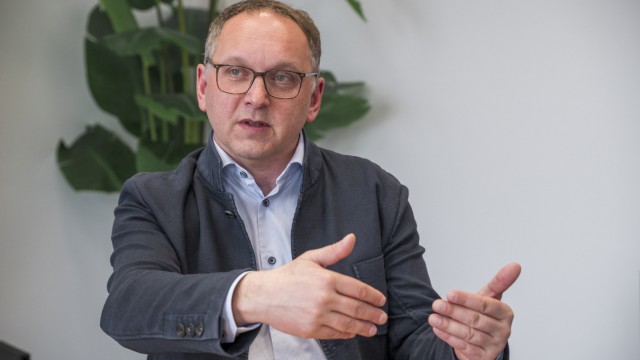3D printing is considered a promising future technology: machines, furniture, dentures, food, components for entire houses and even human organs can be produced with 3D printers. Many things are already possible today that were considered unthinkable just a few years ago. The greatest advantages of the technology include its precision, speed and economical use of resources.
The Upper Franconian region of Lichtenfels is a globally important powerhouse for 3D printing. Numerous companies based there and nearby, for example in the areas of mechanical engineering or automotive suppliers, work with the technology. The technical term for 3D printing is additive manufacturing. The word “additive” comes from the Latin verb “addere,” meaning “to add.”
In the region, technology is represented across all industries. The Coburg automotive supplier Brose is one of the large companies in Upper Franconia that works with additive manufacturing. Brose says it produces prototypes, tools and devices using additive manufacturing.
The global pump and valve manufacturer KSB from Frankenthal in Rhineland-Palatinate has a center for additive manufacturing in Pegnitz, Upper Franconia (Bayreuth district). “Today we use additive manufacturing to replace conventional components as well as for customer-specific custom-made products and for new components developed and designed specifically for the process,” the company writes on its website.
The topic is also present in research in the region. Coburg University offers the only master’s degree in 3D printing in Germany and operates a location in Lichtenfels. The course of study is practical and the integration with regional industrial companies plays an important role.
The entrepreneur Frank Carsten Herzog from Bamberg is considered one of the pioneers of additive manufacturing and the inventor of metal 3D printing. The Upper Franconian region has more than 120 inventions and 450 patent applications to its name. In connection with his diploma thesis at Coburg University, Herzog developed the technique of heating metals with a laser and using a 3D printer to process them layer by layer into three-dimensional objects.
Dental prostheses can also be made in a 3D printer.
(Photo: Daniel Vogl/dpa)
In 2000, Frank Carsten Herzog founded the company Concept Laser in Lichtenfels, which produces 3D laser metal printers and was taken over by the US company General Electric (GE) in 2016. In 2020 he founded the HZG Group and in 2021 he founded Naddcon GmbH with his wife Kerstin Herzog.
Naddcon GmbH is a private research, development and application center for 3D printing technology. It works with other companies and universities in the region. Naddcon’s machine park of ten 3D printers can process a wide variety of materials: plastics, metal, polymers.
“There are only a handful, if any, of our printers on the market,” says Christian Steinhage, Managing Director of Naddcon GmbH since November 2023. “We want to use it to print something new, not something that already exists.” Naddcon is currently working with nine investment companies, reports Herzog. These include two start-ups from the USA. The companies with which we cooperate come from all possible industries: “Medicine, furniture design, tool making, mechanical engineering, automobiles, museums, electrical engineering and plastics technology.”
In the rooms of Naddcon GmbH there are, among other things, several pieces of seating furniture that come from the 3D printer. They have a similar filigree workmanship as traditional wicker chairs. Steinhage explains that even glasses and contact lenses can be produced without layers in a special printer using a so-called light curtain.

Frank Carsten Herzog, Managing Director of Naddcon GmbH, is considered one of the pioneers of additive manufacturing and the inventor of metal 3D printing.
(Photo: Daniel Vogl/dpa)
Herzog also reports on inquiries from the Archaeological State Archives in Munich. Working with archaeologists is particularly exciting: During their excavations, they often find shards and fragments of sculptures, statues or masks that are thousands of years old. Using 3D printing, ancient objects can be recreated true to the original.
“I see the greatest potential in medical technology and aerospace,” says Herzog. But 3D printing will also bring great progress in mechanical engineering, the automotive industry and sporting goods. With readily available resources, such as plastic granules, components can be recreated in a 3D printer that would otherwise be difficult or impossible to find.
The state government has also discovered the topic: It is supporting the Upper Franconian Technology Transfer Center (TTZ) at the Lichtenfels and Kronach locations with eight million euros. HS Coburg also benefits from this with its “Additive Manufacturing/Lightweight Construction” course of study.

